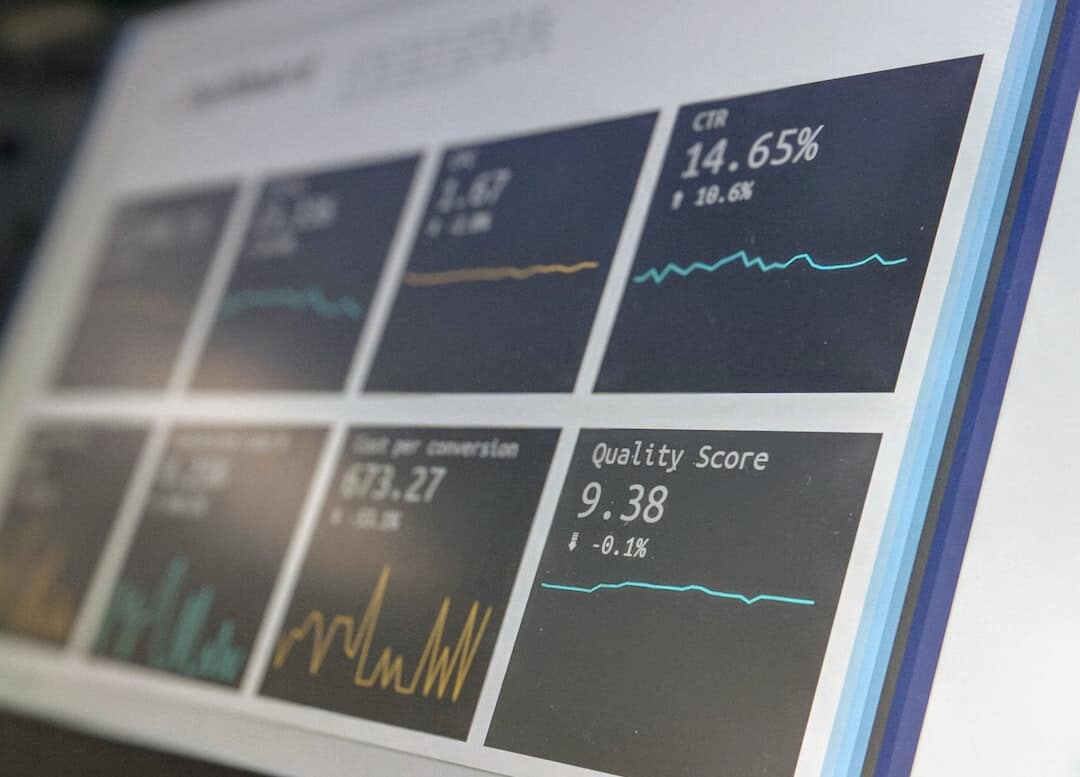When running experiments, do you ever question the validity of your results? You might ask, “Did my test accurately identify a genuine effect?” This brings us to a critical point: how to improve statistical power and confidently detect real effects in our research to increase statistical power.
Statistical power is the probability that your test will find a real effect if it exists. Consider it a safety net for your research, ensuring significant hypothesis testing findings aren’t overlooked.
Table Of Contents:
Understanding Statistical Power
Statistical inference helps evaluate different versions, like website variations. We look at two scenarios: there’s a noticeable difference, or there’s no effect.
Mistakes can happen. We might incorrectly conclude there’s a difference, or we might miss a real one. The latter error, failing to detect a true effect, directly relates to statistical power, so a higher power reduces this measurement error risk.
The Balancing Act: Power and Experiment Duration
Practically, there’s a constant trade-off. Balancing an A/B test’s duration against its capability to detect a significant effect is crucial.
More users, meaning longer tests, generally assist in discovering subtle effects. This is important to consider as it may lengthen timelines with increasing sample size.
Key Elements Shaping Power in Testing
There are several important elements that influence power analysis.
The clarity of distributions is key. When comparing the revenue of two groups, less overlap makes it easier to identify differences.
Factors to Improve Statistical Power
Two main factors determine the overlap between distributions.
First is the spread of your data, known as variance. Variance is natural, but increased data variance leads to more overlap between test variations, reducing power.
Second is the “effect size,” or magnitude of difference. As this difference increases, distributions separate, and power increases.
4 Ways to Improve Statistical Power in A/B Tests
Fortunately, there are options beyond just extending the test duration. With strategic planning, you can significantly improve statistical power analysis.
Let’s explore methods to improve statistical power analysis without lengthening test times.
Allocation Strategy
The distribution of users between control and treatment groups (in an A/B test) directly affects test outcomes. A 50/50 split usually maximizes this power.
Skewed allocations, such as 90/10, can significantly decrease power. Consider the context and reasoning carefully. An uneven approach might require substantially more data to demonstrate a significant impact.
However, uneven distributions can sometimes be practical. Consider scenarios like one-time events. Cases like Black Friday, with its time sensitivity, are a great application for an uneven allocation. It is practical for allocating 90% to the experiment and 10% to the control. It lets us know the relative size of the significance level effect.
A gradual shift might be more prudent when the risk is substantial. Another time to use uneven allocation is to collect data during the Super Bowl, when you are likely focused on impact rather than split tests. Carefully balance the statistical benefits against the strategic needs to make the right decision.
Leveraging Effect Size (MDE)
A power test’s effectiveness is closely tied to its Minimum Detectable Effect (MDE). Optimizing a test to find tiny variations might lead to a low probability of detecting small differences.
Data scientists can increase sample sizes to counteract a low MDE. This balance between MDE and runtime directly influences sample size calculations.
Many understand this relationship, but its non-linear nature often goes unnoticed. Increasing the MDE provides more value in testing than might have been initially apparent.
Consider conversion rates with a baseline of 10%. Aiming for a 15% MDE might greatly increase the required sample size.
However, a target of only 10% significantly reduces it. This demonstrates the exponential changes that can be achieved by adjusting the results to align with a curve.
| MDE Target | Impact on Sample Size |
|---|---|
| Higher MDE (e.g., 15%) | Increases sample size |
| Lower MDE (e.g., 10%) | Decreases sample size |
What does this mean in practice? Consider increasing incentives. When testing needs to be expedited, an incentive like a higher bonus for user feedback could help achieve this goal, with data science-based statistical power.
Variance Reduction Techniques: Using CUPED
There’s a way to shorten test durations: reduce data variance. As a Key Performance Indicator’s (KPI) spread increases, so does the necessary A/B experiment duration. However, using Controlled-Experiment using Pre-Experiment Data (CUPED) can help overcome this time obstacle. You want to leverage prior data and eliminate most variables to best find any impact.
If all customers historically spent approximately 10% more due to A/B changes, that reveals valuable information. Assume three of these customers typically spend around $100, $10, and $1.
Introducing a new change might result in spending of $110, $11, and $1.10, respectively. Previous datasets can help calculate differences of about $10, $1, and $0.10.
This simple comparison highlights its strength. We can readily see that reducing changes using this method helps decrease data size compared to using only the initial data point.
By considering current versus older datasets, we enhance outcomes. CUPED achieves this by incorporating the correlation between past and present customer interactions. We then narrow that down to pinpoint impacts. The ultimate goal is to minimize variances to uncover the “pure insights” of the experiment variation.
Utilizing past data for each individual is key. CUPED enables the use of tools like SPSS. It is great to get impact reduction. It does this by reducing the “time factor.” This is valuable so you do not spend too long on actionable insight.
This can benefit many sectors, including SaaS and gaming. Tracking history allows for shorter tests, as sufficient data depth can be achieved within a condensed timeframe.
KPI Binarization Approach
KPIs come in various forms. They are usually in categories: continuous versus categorized, using “binary-like,” distinct groups.
These groups present trade-offs. Using binary data, like whether a customer signed up or not, offers clear measurements. However, it might lack comprehensive learning if more data about their usage, interaction, and spending (like “customer A”) is available. It can provide a lot less depth than user C or B.
Continuous KPIs reveal rich insights that we just mentioned as lacking. The continuous type needs bigger pools of data. This is due to having more variability.
The recommendation? While there are trade-offs with “Binarization,” data ranges using binarization are more restrictive compared to continuous measurements. If your insight time has reduction needs, consider binary format to improve statistical power. Evaluate your KPI options. Determine if continuous data is essential or if simpler groupings allow for better statistical power within business constraints.
Conclusion
Boosting experiments to improve statistical power doesn’t always necessitate extending experiment duration.
Concentrate on the most critical element: how user allocations (A/B groups) are distributed and tested. Next, it is more crucial to set up experiments and select measurable user impacts to test than to attempt to measure everything at once with a limited quantity.
Finally, consider KPI usage: either use richer data (continuous data, spending more time iteratively with smaller tests) or analyze data in simpler formats. The simpler formats may be a faster way to achieve statistical significance. Leaders should consider all of these factors to ensure great experiment value.





